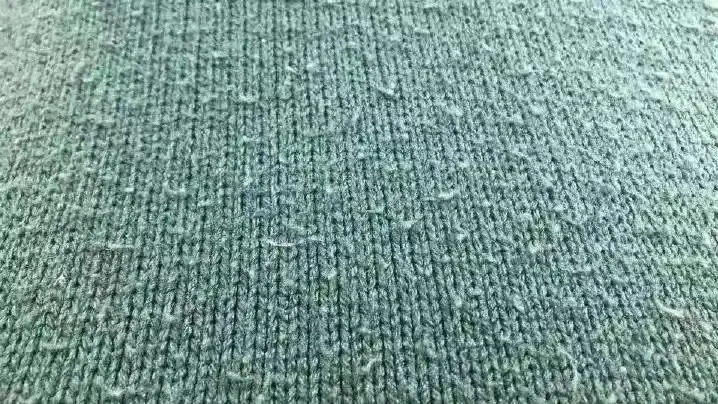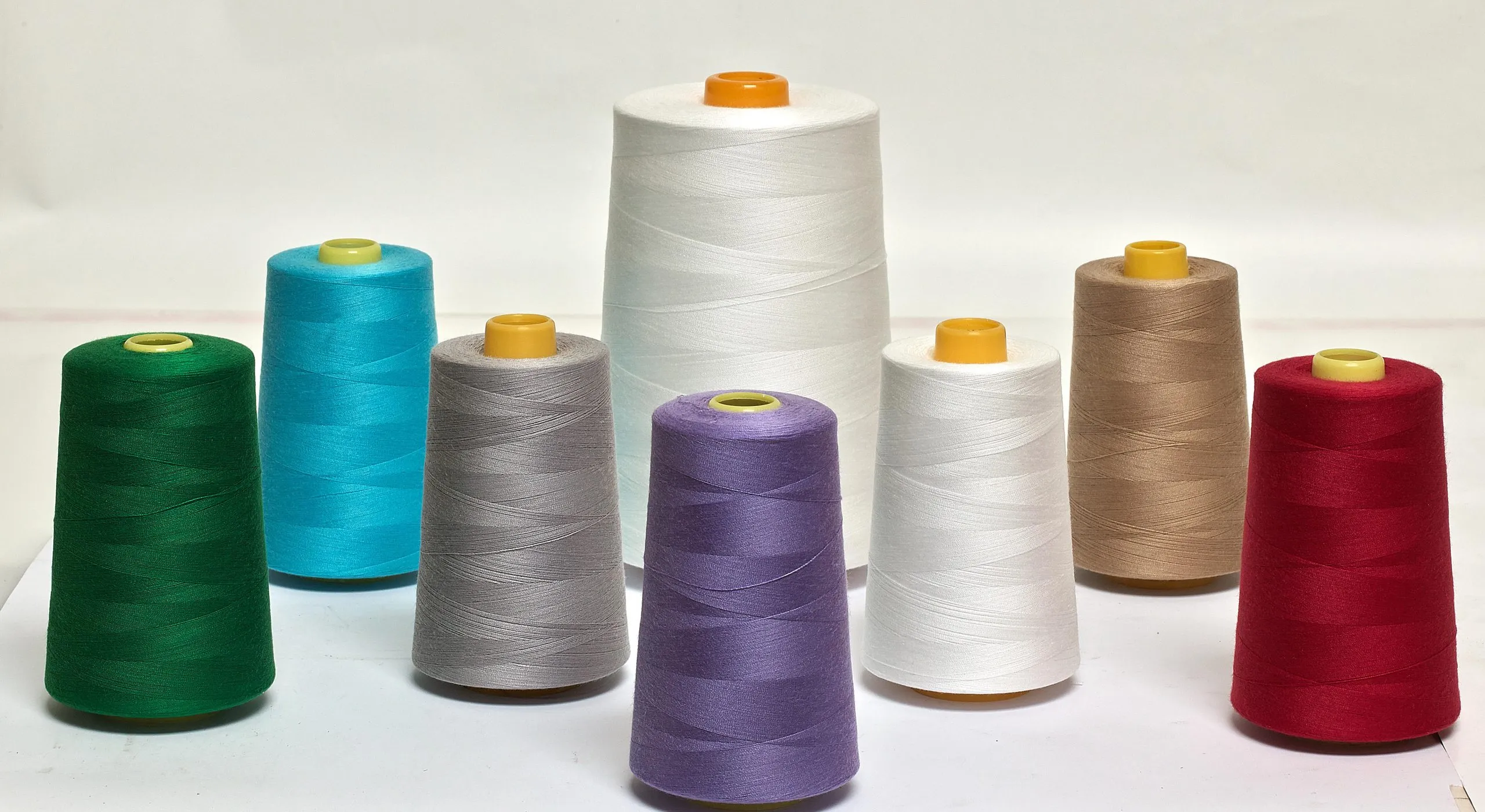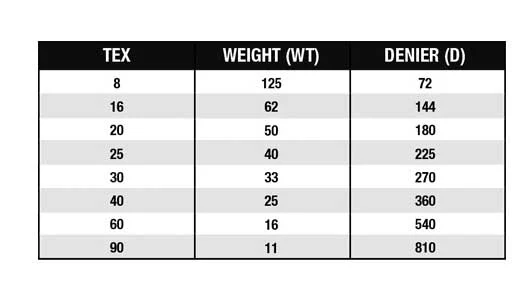
Polyamide, often known as nylon, is loved for being strong, smooth, and long-lasting,… But many people still notice tiny fabric balls forming on their clothes over time. This small but common issue is called pilling, and it happens when loose fibers on the surface of a garment tangle together after rubbing or friction. Even though polyamide is a durable synthetic fiber, it can still pill under certain conditions, especially during washing or heavy daily use. Understanding why pilling happens, what makes it worse, and how to prevent it will help you keep your clothes looking clean and new for longer.

About Polyamide and Pilling
What Is Pilling on Clothes?
Pilling is when tiny balls of fiber appear on the surface of your clothes and make the fabric look old or worn out. These small balls are called “pills” and they form when loose fibers on the surface of the fabric tangle together. This usually happens because of rubbing, either from wearing the garment or from washing and drying it. Over time, the fuzz grows into round little balls that stick to the fabric.
- Pilling starts with loose fibers pushing out from the fabric.
- Friction (rubbing) makes those fibers twist and knot into little balls.
- Pills cling to the fabric because some fibers are still attached underneath.
What Is Polyamide?
Polyamide is a strong synthetic fiber; nylon is the most common type of polyamide used in clothing. These fibers are made from long chains of molecules linked by very strong amide bonds, which makes the fabric tough and durable. Because polyamide is so strong, pills that form on its surface do not break off easily. That’s why pilling on synthetic fabrics like nylon can be more noticeable and longer-lasting than on some natural fibers.
- Fibers such as polyester, nylon (polyamide), acrylic, wool and cotton are among the most likely to pill.
- For synthetics, the problem is not just that pills form, but that the strong fibers hold them in place.
How Pilling Happens on Polyamide Clothes
To understand why polyamide pills, it helps to follow the “life cycle” of a pill. First, some fibers work their way to the surface of the fabric as you move, sit, or wash the garment. Next, friction makes these loose fibers curl and tangle together into tiny balls. Finally, the balls stay anchored to the fabric by a few strong fibers that have not broken, which is why they cling so stubbornly on polyamide garments.
- Experts usually describe four stages: fuzz formation, entanglement, pill growth, and then possible wear-off.
- In synthetic fabrics, the “wear-off” stage is slower because the fiber is strong, so pills stay attached longer.
Fiber Type and Yarn Type: Filament vs. Short Fibers
Not all polyamide fabrics behave the same, even though they use the same basic fiber. Long, continuous filaments generally pill less because there are fewer loose ends on the surface of the fabric. Short “staple” fibers, or textured yarns with lots of surface fuzz, are much more likely to break and form pills. So a smooth, tightly woven nylon jacket can stay clean-looking longer than a soft, fuzzy polyamide knit top.
- Longer fibers have fewer cut ends per square centimeter, so fewer fibers can pull out.
- Knitted fabrics and loosely spun yarns pill more because the fibers are not held as tightly.
- That’s why “tightly woven nylon” is often recommended when you want better pill resistance.
Fabric Construction: Knit vs. Woven, Tight vs. Loose
The way the fabric is built is a huge factor in pilling. Loosely knitted or loosely woven fabrics give fibers more room to move, work their way out, and tangle into pills. In contrast, tightly knitted or woven fabrics hold the yarns together more firmly, so fewer fibers escape to the surface. For polyamide, that means a dense weave is usually more pill-resistant than a fluffy knit.
- Knits generally pill more than wovens because of bigger gaps and more yarn movement.
- Soft, brushed or “peach finish” surfaces feel great but expose more loose fiber ends, so they pill more easily.
Where and When Pilling Shows Up Most
Pilling does not appear randomly; it follows the friction. You’ll usually see pills first in high-rub areas: under the arms, at the sides where a bag strap rubs, between the thighs, on cuffs, or on the back where you lean against chairs. These spots face constant contact and pressure, so more fibers break and tangle. For polyamide sportswear, this often shows up on seat areas, inner thighs, and under backpack straps.
- Everyday abrasion is one of the main drivers of pilling.
- Even if the fabric quality is good, very hard use (e.g., intense sports, heavy bags, rough surfaces) will speed up pilling.
Washing and Care: How Laundry Affects Polyamide Pilling
Your washing routine has a big impact on whether polyamide pills or stays smooth. Tumbling, agitation and high heat all increase friction and stress on the fibers. Over time, this leads to more fiber breakage and more pills. Gentle care with cool water, mild detergent, and lower dryer heat can slow pilling a lot.
- Use cold or cool water and a gentle cycle for nylon and other polyamide fabrics.
- Put delicate polyamide garments in a mesh laundry bag to cut down on rubbing.
- Avoid very hot water and very hot drying, which can make fibers more brittle and easier to break.
How to Prevent Pilling When You Buy Polyamide Clothes
Prevention starts in the store, not in the washing machine. When you choose smoother, tightly woven polyamide fabrics, you give yourself a better chance of avoiding heavy pilling. Garments labeled as “pill resistant” or with anti-pilling finishes are designed to hold fibers in place better. Looking at the fabric surface and reading the care and composition labels can save you plenty of frustration later.
When shopping, try to:
- Prefer tightly woven or smooth nylon/polyamide instead of very fuzzy knits.
- Check for “anti-pilling” or “durable finish” claims on technical or sportswear.
- Be cautious with very loose, brushed, or fluffy surfaces if you know you’re sensitive to pilling.
Conclusion / Final Word
Yes, polyamide can pill, but it doesn’t have to be a major problem. Pilling is caused by friction, fiber breakage, and fabric movement, and it often appears in high-rub areas or on blends with weaker fibers. By choosing good-quality fabrics, following care labels, and washing your clothes with care, you can reduce pilling and keep your garments looking newer for longer. With thoughtful use and maintenance, polyamide remains a reliable, durable, and versatile fabric in everyday clothing.
FAQs About Polyamide Pill on Clothes
Inshort, Does polyamide (nylon) pill on clothes?
Yes. Polyamide can pill when loose or broken fibers at the surface tangle into small balls after friction. Because polyamide fibers are strong, pills that form often stay attached longer than on some natural fibers, making them more visible and persistent.
What causes pilling on polyamide garments?
Pilling is caused by friction and mechanical stress that bring fibers to the surface, where they break, curl and entangle. Factors that increase pilling on polyamide include short staple fibers or textured yarns, loose knit or weave structures, repeated rubbing in high-contact areas, and aggressive washing or drying.
Which polyamide garments pill most and where do pills usually appear?
Soft knits, brushed finishes, and garments made with short staple polyamide or textured yarns pill more than smooth, tightly woven items. Pills commonly appear in high-friction spots: under the arms, along sleeve cuffs, inner thighs, the seat area, and where backpack straps or bag edges rub.
How should I wash and dry polyamide to reduce pilling?
Use a gentle cycle with cool or lukewarm water, mild detergent, and avoid overfilling the machine. Turn garments inside out, place delicate polyamide items in a mesh laundry bag, and skip heavy agitation. Air-dry flat or use a low-heat tumble setting; high heat and long tumbling increase fiber damage and pilling.
What should I look for when buying polyamide garments to avoid future pilling?
Choose garments made from continuous filament yarns or tightly woven constructions rather than short staple or heavily textured yarns. Look for labels mentioning anti-pilling treatments or higher-quality finishing, inspect fabric surface for smoothness, and check care instructions-tighter weaves and pill-resistant finishes give better long-term appearance.


